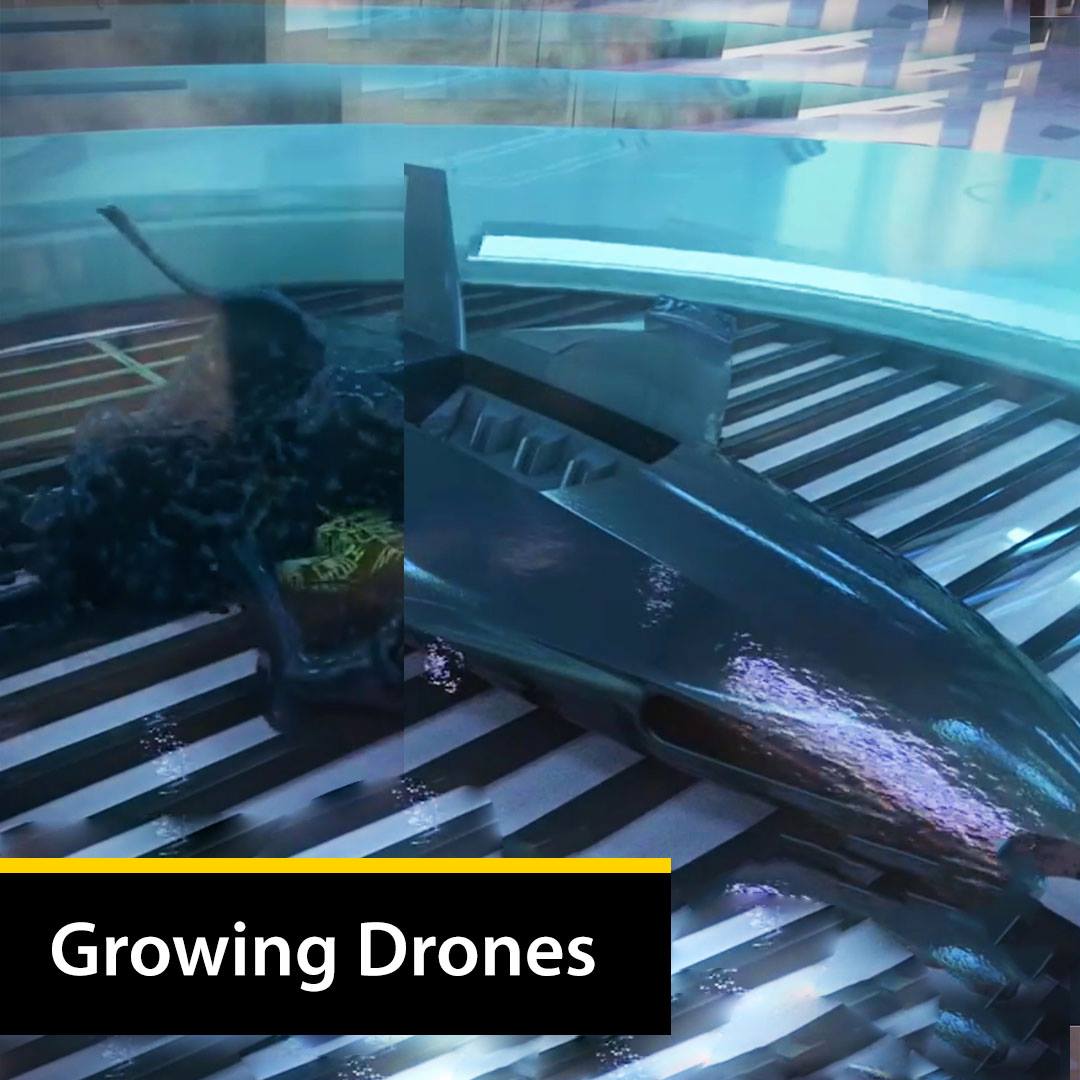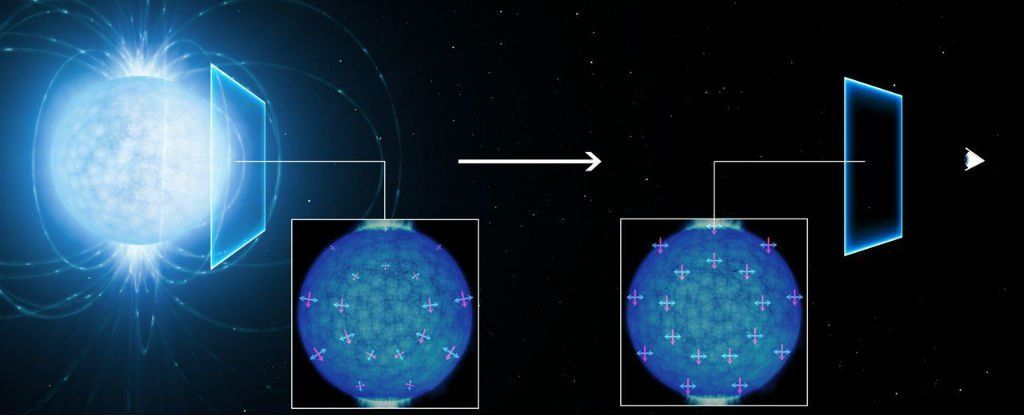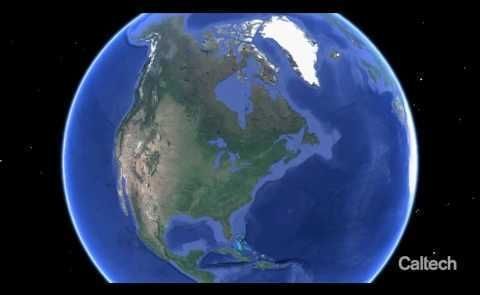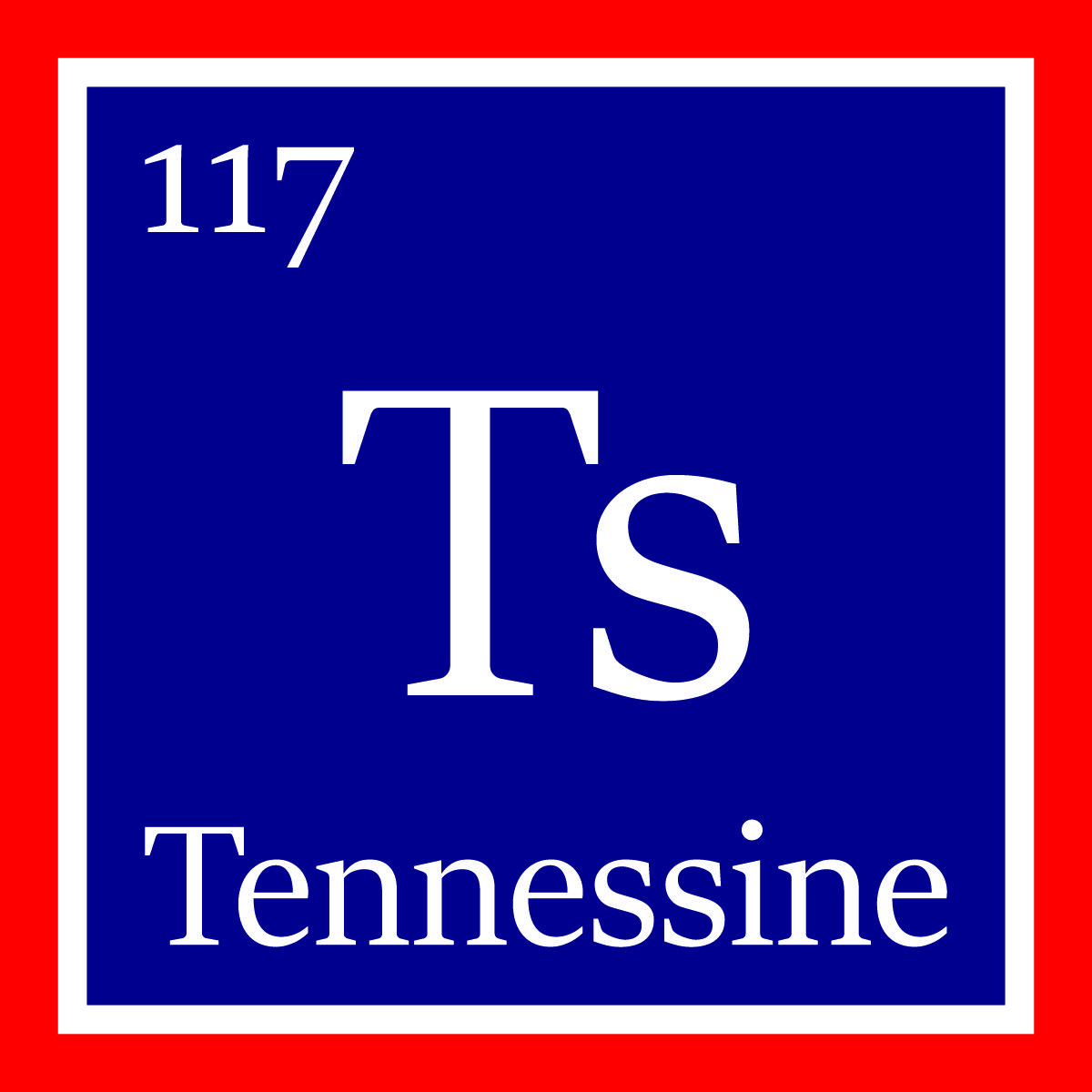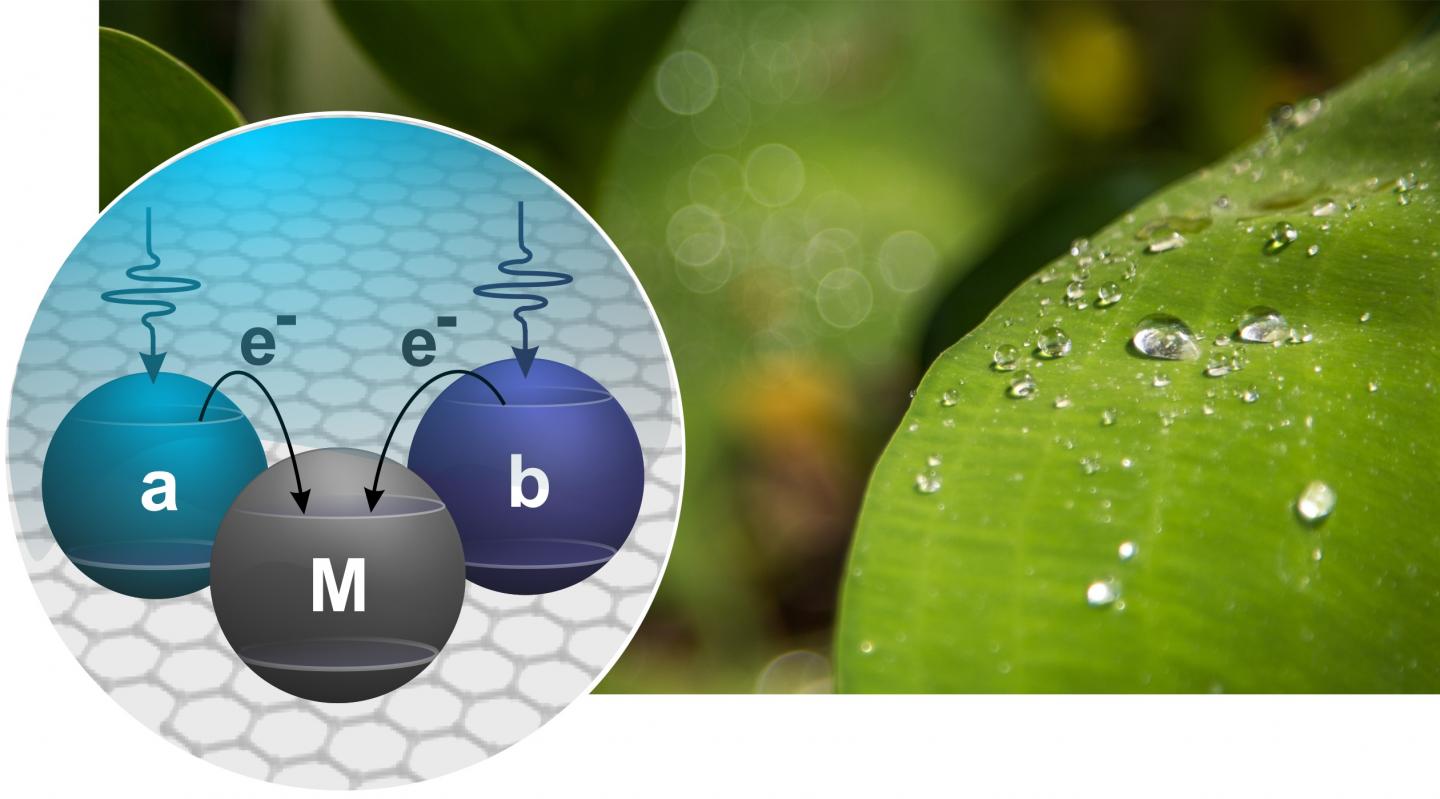Page 10459
Dec 1, 2016
Thanks To ‘Fight For $15’ Minimum Wage, McDonald’s Unveils Job-Replacing Self-Service Kiosks Nationwide
Posted by Dan Kummer in categories: business, economics, employment, policy, robotics/AI
Technological unemployment speeding up, and the elite types as always trying to get the poor and middle class to go at each others throats, rather than address the elephant charging at both of them, that robots and AI are coming for all the jobs in under 10 years now.
Other states are also learning the same basic economic lesson: Customers have a limit to what they will pay for service. Voters in Washington, Colorado, Maine and Arizona voted to raise minimum wages on Election Day, convinced of the policy’s merits after millions of dollars were spent by union advocates. In the immediate aftermath, family-owned restaurants, coffee shops and even childcare providers have struggled to absorb the coming cost increase—with parents paying the cost through steeper childcare bills, and employees paying the cost through reduced shift hours or none at all.
The out-of-state labor groups who funded these initiatives aren’t shedding tears over the consequences. Like their Soviet-era predecessors who foolishly thought they could centrally manage prices and business operations to fit an idealistic worldview, economic reality keeps ruining the model of all gain and no pain. This brings me to my last correct prediction, which is that the Fight for $15 was always more a creation of the left-wing Service Employees International Union (SEIU) rather than a legitimate grassroots effort. Reuters reported last year that, based on federal filings, the SEIU had spent anywhere from $24 million to $50 million on the its Fight for $15 campaign, and the number has surely increased since then.
Dec 1, 2016
Russia unveils CLONE DOGS that will work with Putin’s Special Forces
Posted by Dan Kummer in categories: biotech/medical, genetics

The CLONED dogs of war: Russia unveils genetically-enhanced canines which will work with Putin’s Special Forces and were created by scientist attempting to restore woolly mammoths
- The three Belgian Malinois were cloned by a South Korean professor
- He also aims to one day restore extinct woolly mammoths to Siberia
- Dr Hwang Woo Suk gifted the dogs — each valued at $100,000 — to police
- The will be used in Yakutia, the coldest inhabited region in the world
By Will Stewart In Moscow for MailOnline
Continue reading “Russia unveils CLONE DOGS that will work with Putin’s Special Forces” »
Dec 1, 2016
The Last Mile of IoT: Artificial Intelligence (AI)
Posted by Elmar Arunov in category: robotics/AI
The only way to keep up with the IoT-generated data and gain the hidden insights it holds might be using AI (Artificial Intelligence). (Partner content)
Nov 30, 2016
We Just Got the First Real Evidence of a Strange Quantum Distortion in Empty Space
Posted by Shane Hinshaw in categories: quantum physics, space
For the first time, astronomers have observed a strange quantum phenomenon in action, where a neutron star is surrounded by a magnetic field so intense, it’s given rise to a region in empty space where matter spontaneously pops in and out of existence.
Called vacuum birefringence, this bizarre phenomenon was first predicted back in the 1930s, but had only ever been observed on the atomic scale. Now scientists have finally seen it occur in nature, and it goes against everything that Newton and Einstein had mapped out.
“This is a macroscopic manifestation of quantum field,” Jeremy Heyl from the University of British Columbia in Canada, who was not involved in the research, told Science. “It’s manifest on the scale of a neutron star.”
Nov 30, 2016
Scientists design living organisms that make chemical bonds not found in nature
Posted by Shane Hinshaw in categories: alien life, biological, chemistry
Move over, chemists. Thanks to proteins from Icelandic bacteria, scientists at Caltech have managed to coax microbes into making silicon-carbon bonds, a feat that until now has been achieved only by humans in the lab.
The findings, published last week in the journal Science, could open the door to new avenues in organic chemistry and drug development — and could help scientists investigate essential mysteries, such as whether life could be based on silicon instead of carbon on other planets.
The recently discovered element 117 has been officially named “tennessine” in recognition of Tennessee’s contributions to its discovery, including the efforts of the Department of Energy’s Oak Ridge National Laboratory and its Tennessee collaborators at Vanderbilt University and the University of Tennessee.
“The presence of tennessine on the Periodic Table is an affirmation of our state’s standing in the international scientific community, including the facilities ORNL provides to that community as well as the knowledge and expertise of the laboratory’s scientists and technicians,” ORNL Director Thom Mason said.
“The historic discovery of tennessine is emblematic of the contributions Tennessee institutions like Oak Ridge National Laboratory, the University of Tennessee and Vanderbilt University make toward a better world,” Tennessee Gov. Bill Haslam said. “On behalf of all Tennesseans we thank this world body for honoring our state this way.”
Nov 30, 2016
Team combines quantum physics and photosynthesis to make discovery that could lead to highly efficient solar cells
Posted by Shane Hinshaw in categories: biological, quantum physics, solar power, sustainability
A University of California, Riverside assistant professor has combined photosynthesis and physics to make a key discovery that could help make solar cells more efficient. The findings were recently published in the journal Nano Letters.
Nathan Gabor is focused on experimental condensed matter physics, and uses light to probe the fundamental laws of quantum mechanics. But, he got interested in photosynthesis when a question popped into his head in 2010: Why are plants green? He soon discovered that no one really knows.
During the past six years, he sought to help change that by combining his background in physics with a deep dive into biology.
Nov 30, 2016
Photons created in a superposition of two colours
Posted by Karen Hurst in categories: computing, quantum physics

The non-profits & charities supported will include the lifeboat foundation smile
Find out in a minute.
